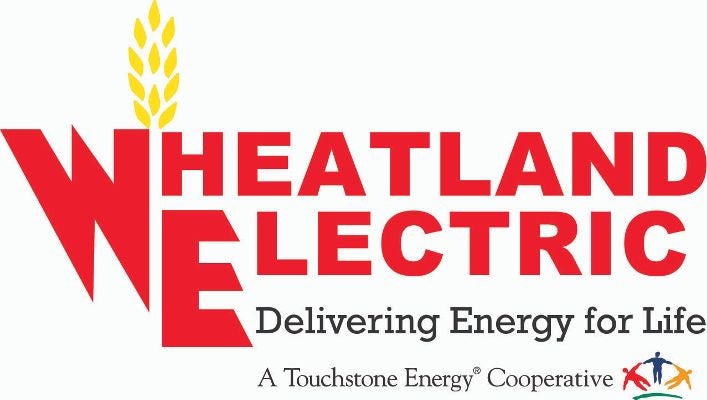Editor's note: This article was first published in our 2022 Annual Report, where you can find more information about the history of our electric cooperative and our 75th anniversary (1948-2023).
“It shall be the aim of Wheatland Electric Cooperative Inc., to make electric energy available to all its members at the lowest cost consistent with sound economy and good management.” — ORIGINAL MISSION STATEMENT (1948)
In the mid-1930s, nearly nine out of 10 rural homes across the country were without electricity, according to the National Rural Electric Cooperative Association (NRECA). Farmers milked their cows by hand in the dim light of a kerosene lantern, and families relied on the wood range for cooking and washboard for cleaning.
While demand for electricity in rural areas grew during these years, investor-owned utilities were not interested in serving America’s farmlands. The costs of stringing wires over long distances clearly outweighed the bottom line for these for-profit companies.
In 1946, nine visionary Kansans took matters into their own hands and joined forces to build an electric cooperative to serve our southwest Kansas communities, to supply both reliable and affordable electrical power for themselves and their neighbors.
These individuals — Jess Taylor, Frank Crouch, Bernarr Nelson, Kenneth Davis, Abram Buck, Joseph Ridder, Paul Johnson, Iman Wiatt and Richard Hobson — served as trustees, with the first four gentlemen serving as officers of the cooperative.
They held their very first documented meeting in Leoti on Nov. 22, 1946. Over the next few years, meetings rotated between Leoti, Tribune, Syracuse and Scott City, as they laid the groundwork for a powerful idea — an electric cooperative, open to all, where the needs of its members are put first and the voice of every person holds power.
In 1948, the group submitted its first loan application to the Rural Electrification Administration (REA) to purchase facilities in Greeley, Hamilton, Kearny, Scott and Wichita counties owned by Inland Utilities of Kansas City, Kansas.
With this nearly $5 million request, the group’s plan was to not only enlarge and improve these facilities, but also construct 820 miles of distribution lines to serve an additional 720 members eager to join the growing co-op.





